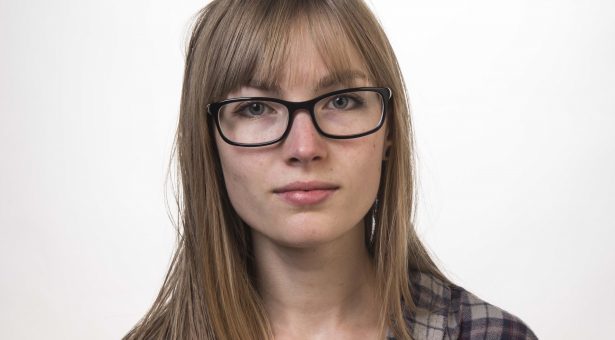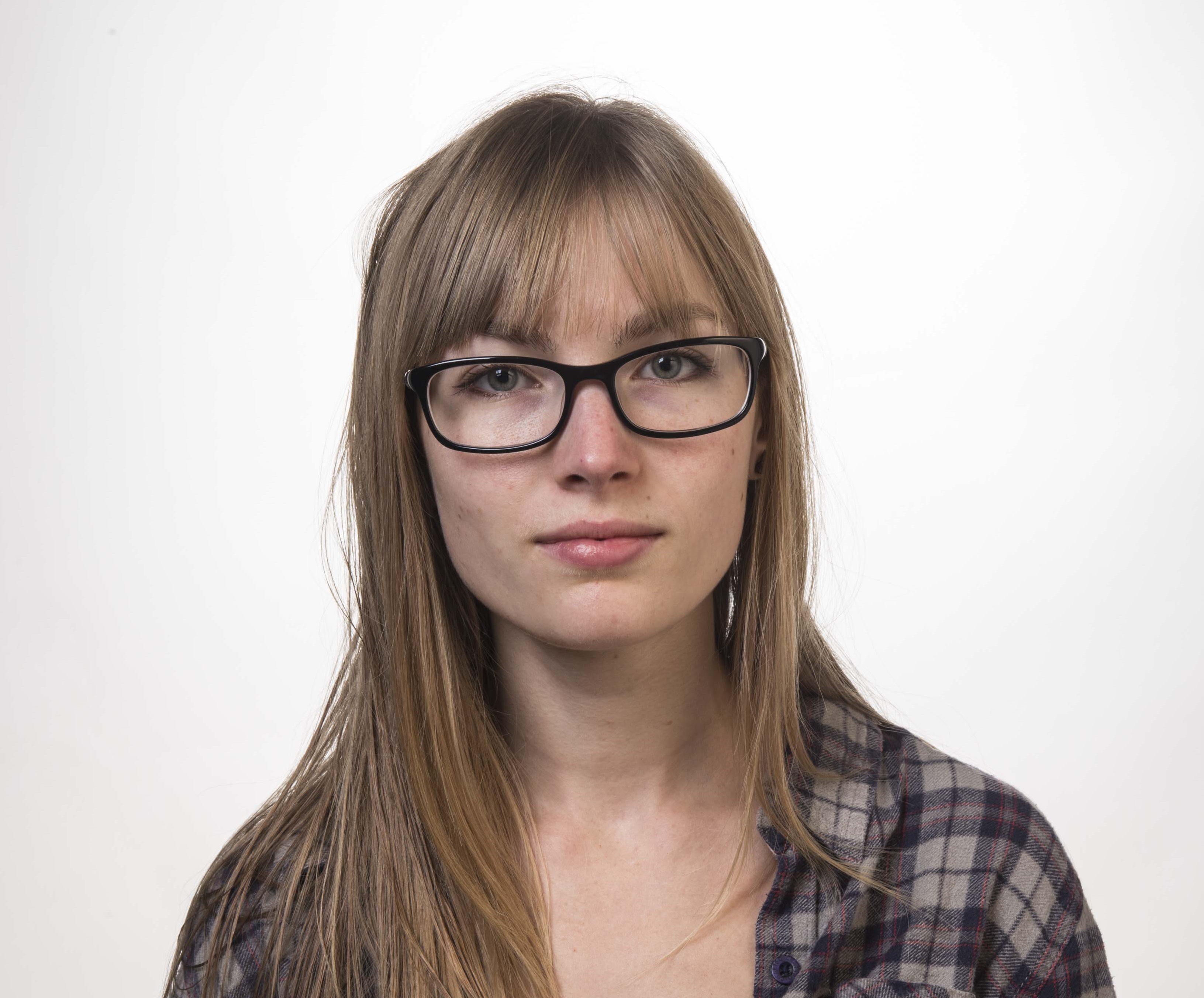Anastasia experiences a different research environment with Unilever

Anastasia experiences a different research environment with Unilever
Anastasia Orme, a PhD student at the John Innes Centre, undertook her PIPS internship at Unilever from June to August 2015, where she hoped to gain an experience of working in industry and learn about the different aspects of the company.

Anastasia was working in the Unilever Research and Development Home Care department on a project to reduce the environmental impact of using laundry liquids. The main objectives of the internship were to test subsets of different enzymes, biochemically and in industrial application, to see if they could deliver performance benefits in Home Care applications, such as cold-cleaning in laundry formulations compared to current standard industrial enzymes.
Anastasia was responsible for designing and conducting the experiments and analyzing the results. The major outputs from the project were the characterization of enzyme quality and activity against model substrates and enzyme activity in a high-throughput laundry assays. The outcome of this was a recommendation as to whether the enzymes were suitable for the application and whether to advance or to stop further explorative work. Anastasia presented the results at the end of the placement to the external industrial collaborators and contributed to the overall aim of developing more environmentally-friendly laundry detergents. Anastasia, in addition, attended a workshop on intellectual property rights, being run by the patent department for the group, and thereby learned the Unilever process of patenting novel innovative results/technologies to be competitive in the market.
Anastasia found the internship valuable as it enabled her to experience a completely different work environment, which will inform her future job choices, contrasting the set-up of a research institute to an industrial research department. “The work responsibilities and organizational structure were different and the working hours were much more like a 9am-5pm, which was an interesting experiment to adapt research work to”, says Anastasia.
